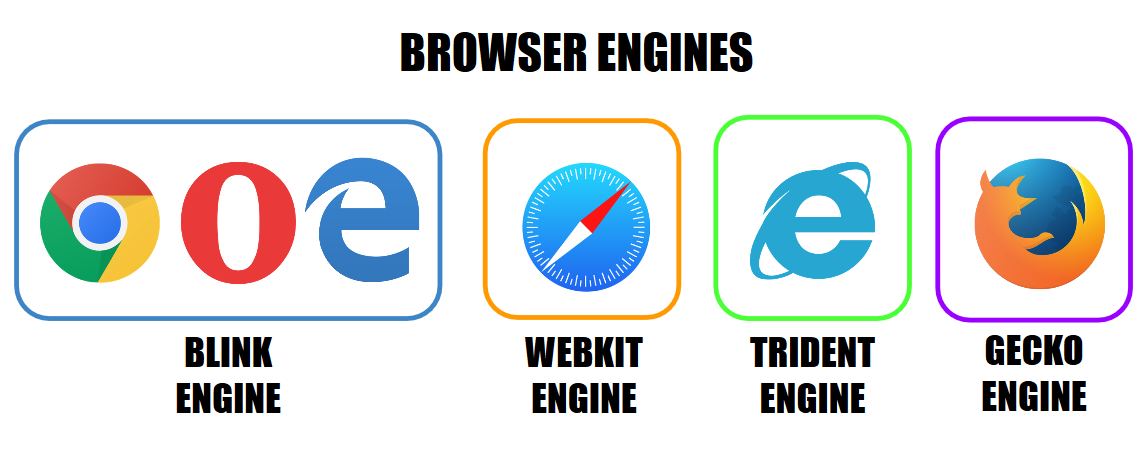The primary goal of every web developer is to build websites with modern and intuitive designs that deliver a smooth and seamless user experience, irrespective of which browser they might be using to surf the web. The Internet has witnessed a massive unprecedented boom in recent decades. As of December 2018, there are more than 4.1 billion internet users in the world and close to 1.94 billion websites on the web. This consequently implies an expansion in a number of ways websites are being accessed by audiences across the globe. This gives rise to the conundrum of cross-browser compatibility, which poses a huge challenge to developers. As the number of browsers and their versions are growing at such a rapid pace every year, the task of trying to make a website appear and perform consistently across all browsers is every developer’s nightmare. However, as tedious and time-consuming as cross-browser testing may be, it is an imperative phase of every testing cycle. While it is considered nearly impossible to have a website appear and work identically on every browser, there still are a number of ways to deliver consistent user experience and reach a wider target audience. In this article, we’ll explore what cross-browser compatibility issues are and why they occur, how CSS with feature detection is more favorable to browser detection, and tips to achieve near perfect browser compatibility when designing websites.
Why Browsers Render Content Inconsistently


